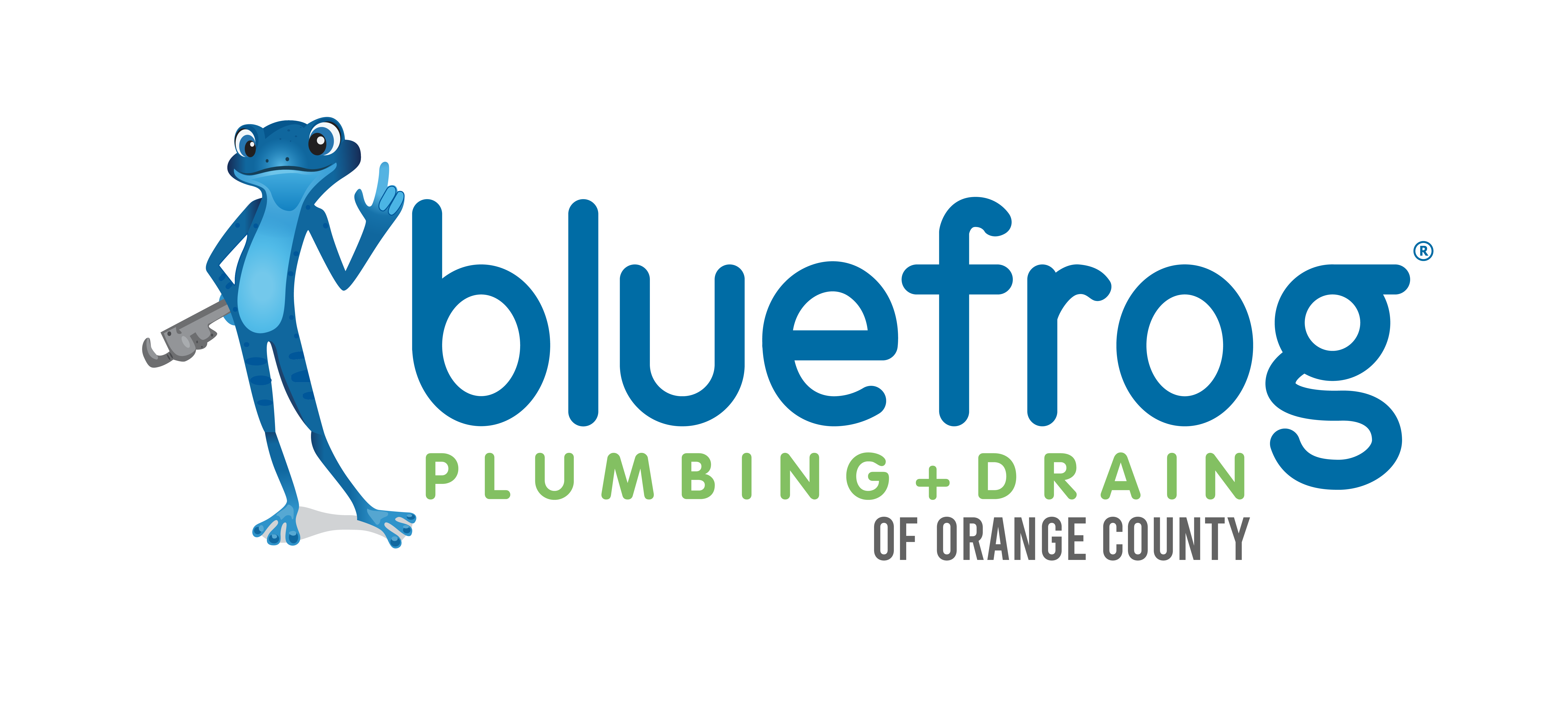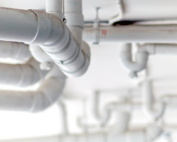Water is moving through the pipes in your home whenever you turn on the shower, flush a toilet, or run your washing machine. What allows water to flow through your pipes is called water pressure. The pressure to move the water is created when the weight of the water causes it to cascade from a high-positioned tower or pressurized tank to a lower area and forces water into the water main leading to your house. The higher off the ground the top reservoir is located, the greater the pressure it creates. When water is called for in higher locations or needs additional power to move it, electric pumps are used.
Good Pressure Matters
Water pressure is measured in psi, which stands for pounds per square inch, and equals the force of the water entering your home from the water main. Normal water pressure for a home can run between 30 and 80 psi. For various reasons, water pressure can decrease and become too low causing problems. Some causes of low water pressure are clogged pipes, blocked filters, sediment-laden hot water heaters, and leaking pipes. When water pressure is too low there will not be enough available water in your home. On the other hand, if water pressure is too high, it could result in undue wear and tear to your appliances. Additionally, high water pressure can create dangerous situations within your home such as damage to pipes, causing them to leak and eventually burst.
Why Is It So High?
There are several reasons why your water pressure may be high. The distance you live from your local water source can affect your water pressure. Those who live closest to the municipal water supply line will have the greatest pressure as opposed to those living a mile or more away. Living near high-rise apartments or close to a fire hydrant can also add pressure to water entering your home. Fire hydrants, for example, are fed water at a very high rate of approximately 200 PSI and that additional pressure can seep into your water supply.
Maintaining Good Pressure
It is important to maintain good water pressure within your home and testing your pressure is simple. Purchase a water pressure gauge at any local hardware store. Attach the gauge to a faucet in your home and turn on the water. The gauge will indicate the pressure of the water coming into your home and out of your faucet. If the pressure is too low look for possible causes and repair what is malfunctioning. If your pressure is too high you will need to purchase a pressure-reducing valve that helps homeowners control their water pressure. This should be installed by a professional plumber since complicated tasks such as adjusting the water main height may be required. In homes without pressure-reducing valves, the water in the hot water tank is heated and expands, increasing the pressure within the tank. This heated water then pushes back towards the main. When a pressure-reducing valve is installed it will not allow the heated water to push back so, to accommodate the increased volume and increased pressure, an expansion tank will need to be added. A pressure-reducing valve is typically installed right after the water heater.
Keeping an eye on your home’s plumbing is a necessity and keeping an eye on the pressure of the water running through your plumbing is just as essential. Maintaining good water pressure will extend the life of your appliances as well as preserve the pipe work throughout your home. This will mean greater peace of mind and less financial investment in repairs and replacements.
Is the water pressure in your home too low? Contact us today! We are water pressure experts in Huntington Beach, Orange County, and the surrounding areas.

Slab Leaks: A True Plumbing Emergency
Home building following World War II was aggressive, so many houses were built on cement foundations to reduce the time it took to build them and to keep costs at a minimum. They were
How To Extend The Life Of Plumbing Pipes
A plumbing system consists of a complicated series of pipes, fixtures, and appliances that provide the infrastructure to run a well-functioning home. In this article, we will focus solely on plumbing pipes and ways
3 Silent Signs You Have A Plumbing Problem
Some plumbing issues announce themselves with a fury such as a drain backing up with sewage or a burst pipe, while others remain silent and destructive. In this article, we will reveal 3 signs



